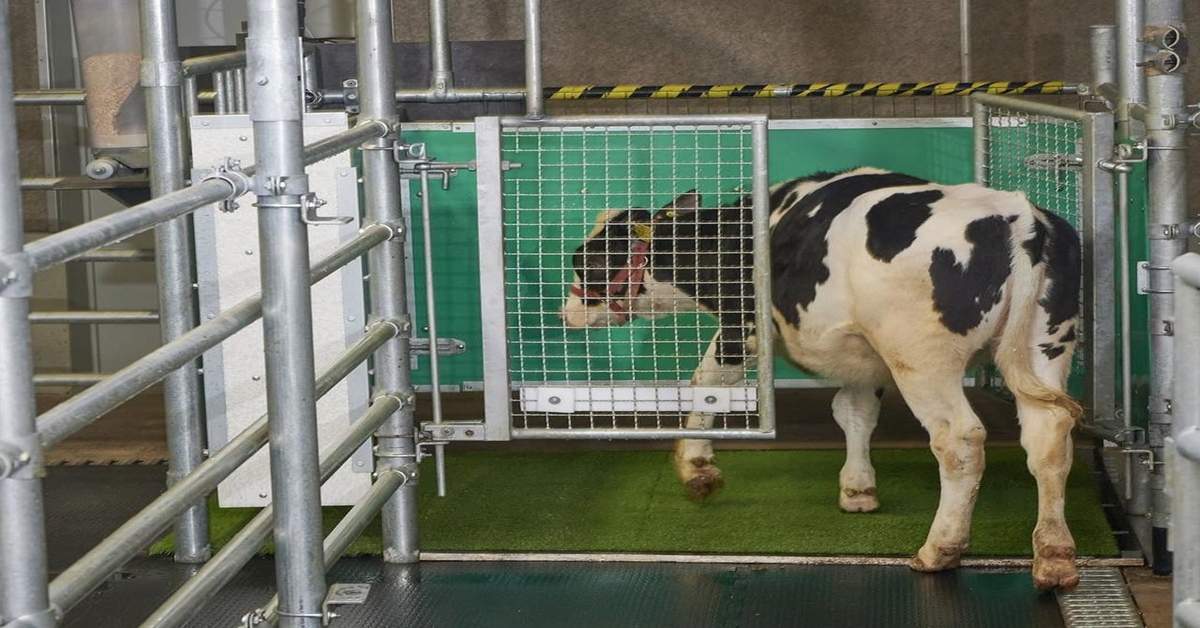When it comes to potty training, kittens are mostly adept at learning it themselves. Puppies can be taught. So can little kids, though not during the early years.
No bull: scientists are now hoping they can teach cows to use the loo, too.
But why? In the name of climate change!
Giant carbon emitters.
Cattle burps/farts alone, which contain the potent greenhouse gas methane, are accountable for roughly 40% of the annual methane budget. In a killer climate conundrum, larger farms with more humane living conditions also mean that cows are free to pee wherever they wish. This leaves most of their urine uncollected.
Now that’s bad news for the environment.
Just like human pee, cow urine contains urea too. It’s an ammonia-rich compound that, when broken down by enzymes in the soil, is converted into nitrous oxide. Commonly known as laughing gas, nitrous oxide is no laughing matter when it comes to climate change. It’s an extremely potent greenhouse gas — approximately 300 times more powerful than carbon dioxide.
Regulating cow urine.
Collecting and treating cow urine before nitrous oxide is released might, therefore, seem like a reasonable way to go about it. The best way to do that would be collecting through a point source, like a toilet. And that’s exactly what Dr Jan Langbein and his team set out to do.
But first, they had to persuade the large mammals how to voluntarily relieve themselves in designated areas.
Published in Current Biology, the study describes the amusingly named ‘MooLoo program’ that helped 16 calves master potty training through three steps.
Firstly, the researchers had to establish the toilet area as the correct place to do ‘business’. The calves were restricted to the area and rewarded after peeing in it.

A cow peeing; its urine can then be captured and collected in the latrine pen. Photo credits: Research Institute for Farm Animal Biology
Next, the calves were allowed to roam freely around an alley outside the area. Those that went back to the area to urinate were rewarded, while those that failed to do so were gently punished with a spritz of water.
In the last step, the alley was extended, giving the calves more free space to practise a little self-control over a greater distance.
More intelligent than you think.
Turns out, the lessons proved quite effective to the intelligent mammals — their overall performance was close to that of young children!
Out of the 16 learners, 11 were successfully potty trained. The remaining five who were not reliable trained were probably slightly slower learners and needed more time to master the skill, suggested the researchers.
Dr Langbein is confident that the effectiveness of his training could be improved further, perhaps with longer training sessions or by tweaking the reward and punishment process. The next step is to see if cattle on an actual farm can be similarly trained. But will farmers agree to that?
The researchers’ study estimates that if 80% of all cattle urine could be collected using this method, ammonia emissions would be reduced by more than half. This not only helps us to reduce greenhouse gas emissions, but also improves the hygiene of the livestock.
So perhaps in the near future, all cows will go to the toilet!




































